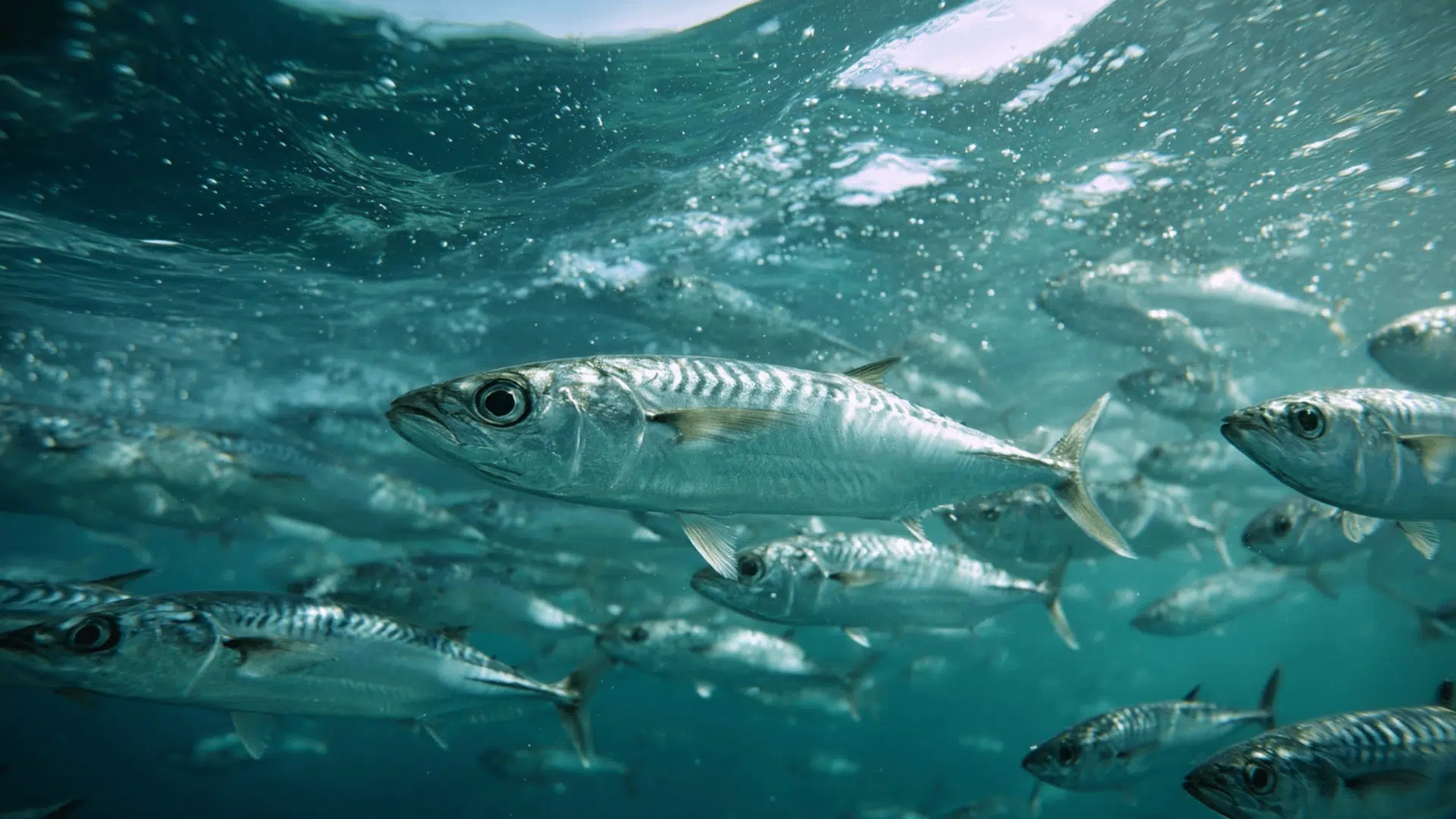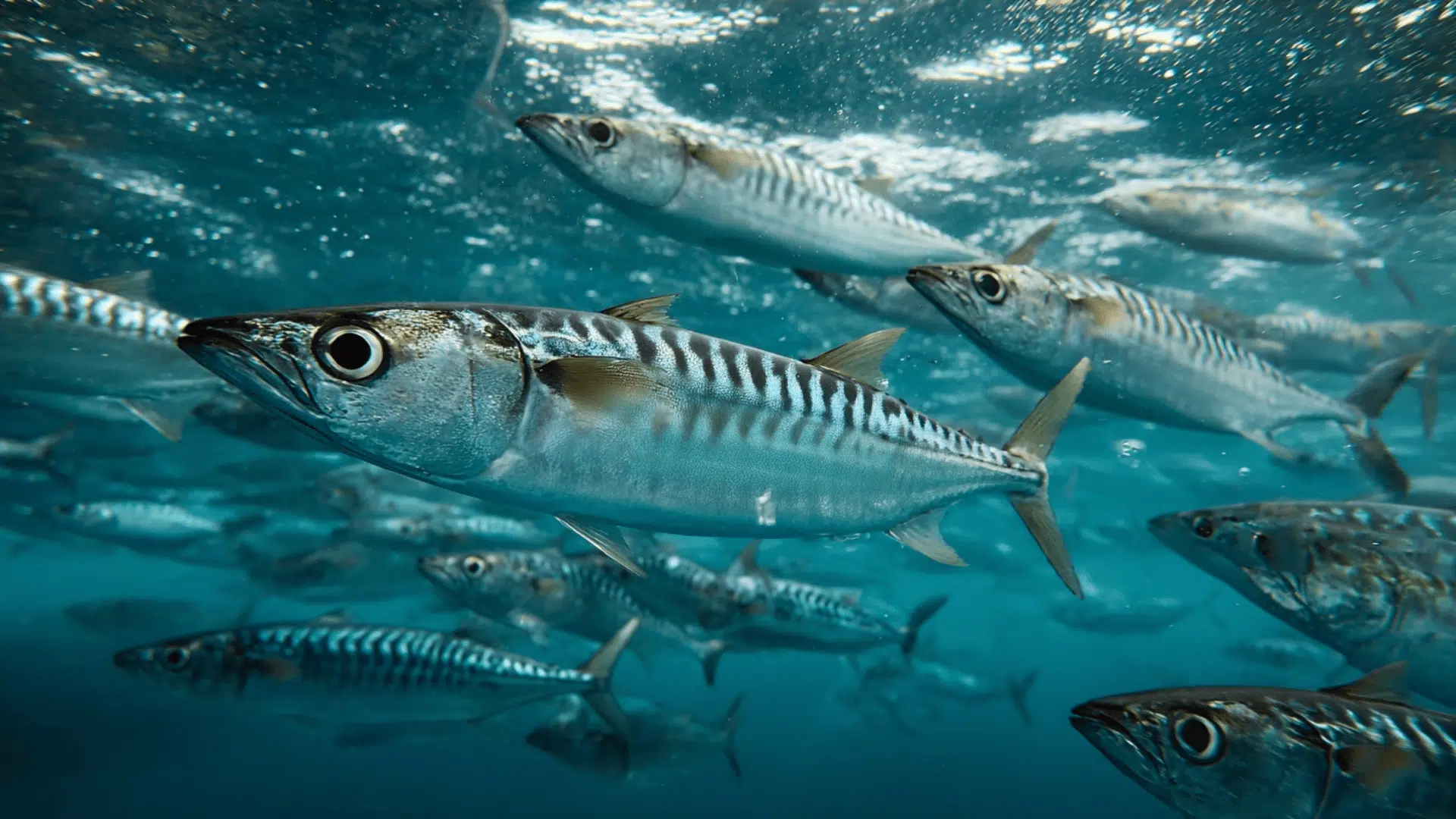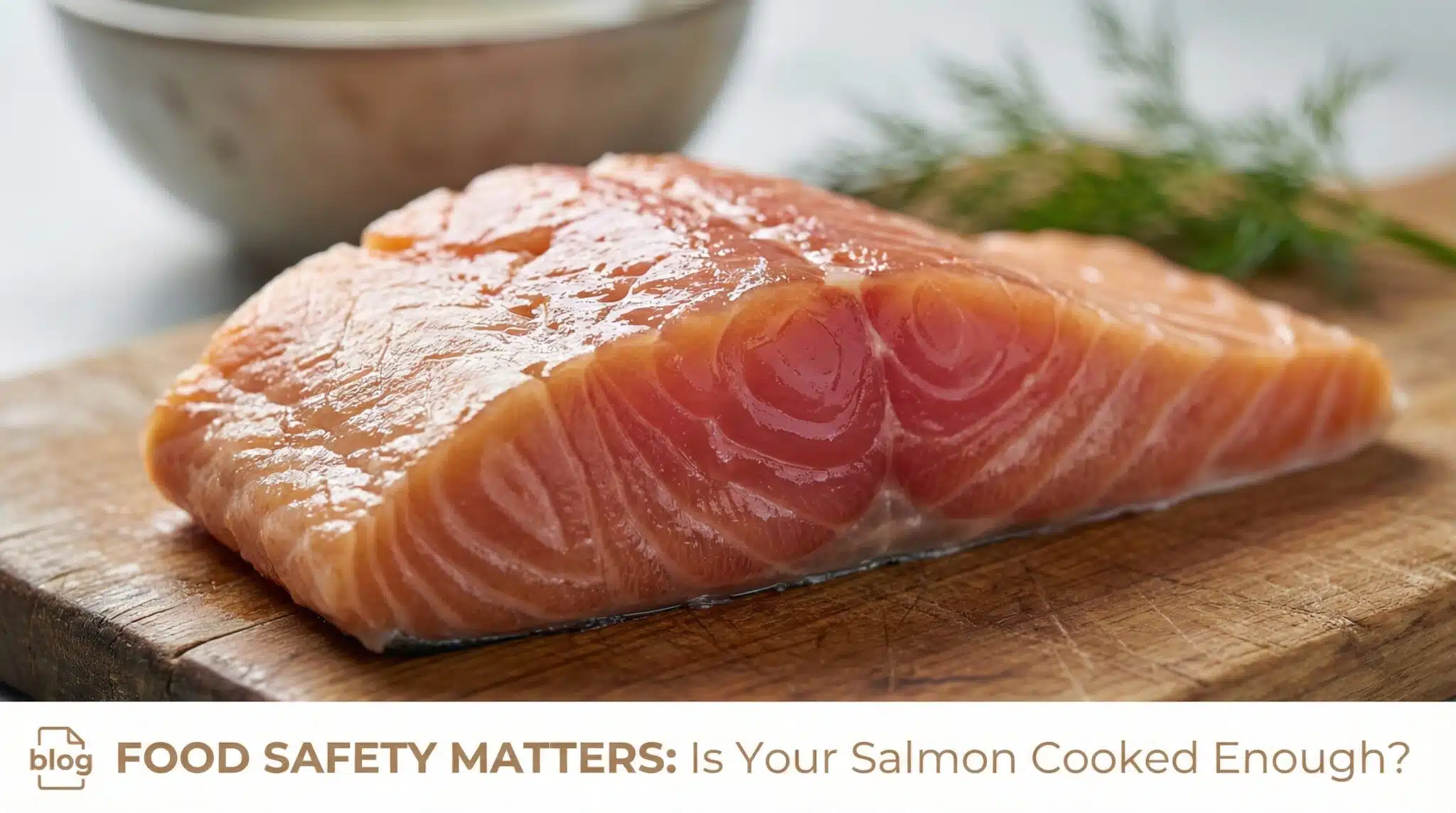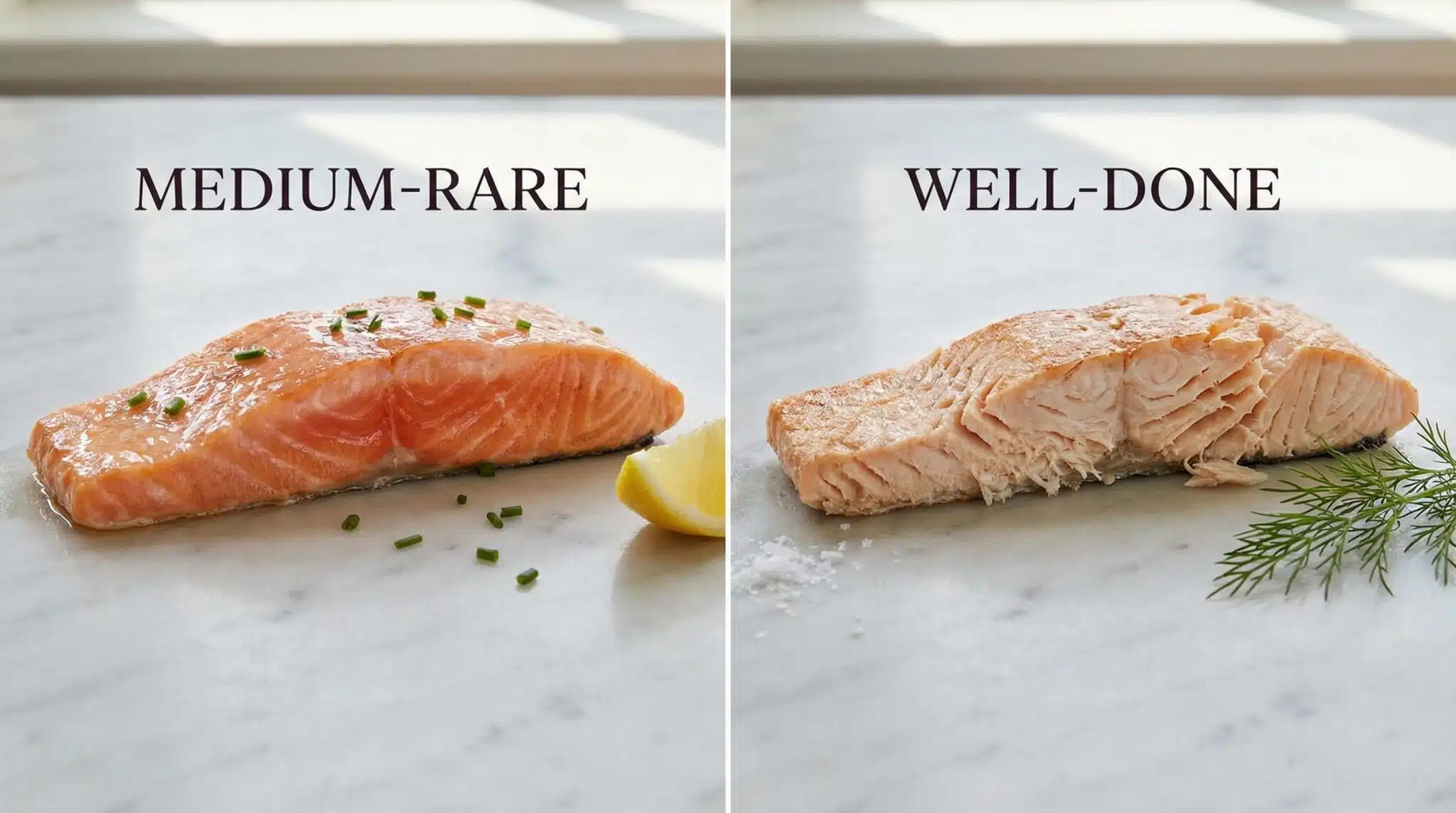What’s so special about mackerel? It’s tasty, healthy, and easy to find.
This shiny, fast-moving fish is loved in kitchens around the world, from sushi in Japan to grilled plates in Europe.
People enjoy it not just for the flavour, but also for the benefits.
Mackerel is full of good fats and nutrients that help your body.
It’s also affordable, which makes it a smart pick for everyday meals.
In this blog, we will cover everything you need to know, what mackerel looks like, where it lives, why it’s healthy, how much it costs, and simple ways to cook it.
What does Mackerel look and Taste Like?
Mackerel is a small to medium-sized fish with a long, sleek body and shiny skin marked by blue-green stripes.
Its tail is deeply forked, and its fins are sharp. It’s considered an oily fish, packed with healthy fats. When cooked, the flesh turns soft and flaky.
It has a strong smell and a bold, rich flavour, somewhere between tuna and sardines.
While it’s oilier than tuna, it’s usually milder than sardines, making it a favourite for many seafood lovers around the world.
Natural Habitat and Life Cycle of Mackerel Fish

Mackerel live in oceans all around the world. You can find them in the Atlantic, Pacific, and Indian oceans.
They prefer cool or mild waters, usually around 45°F to 70°F (7°C to 21°C).
These fish travel in large schools, which means they swim together in big groups. That’s why fishermen can catch a lot of them at once.
Mackerel swim near the surface and like to move close to shore during warmer months. That’s when they’re easiest to catch.
Because mackerel are so active and travel far, they play a big role in the food chain. Many bigger fish and sea animals eat them.
Nutritional Value of Mackerel
| Nutrient | Benefit |
|---|---|
| Omega-3 Fatty Acids | Supports heart health, reduces inflammation, boosts brain function |
| Protein | Helps build and repair muscles |
| Vitamin D | Strengthens bones and supports immune health |
| Vitamin B12 | Maintains healthy nerves and red blood cells |
| Selenium | Acts as an antioxidant, protects cells, and supports overall body function |
Mackerel also contains less mercury than larger fish like king mackerel or swordfish, especially if you go with Atlantic or smaller types.
Pro tip: Eating mackerel once or twice a week is a simple way to fuel your body with nutrients and support overall health!
Facts Every Mackerel Buyer Should Know
Here are a few fun and helpful facts:
- Over 30 species of mackerel exist worldwide.
- The most common ones include Atlantic mackerel, Pacific mackerel, Spanish mackerel, and Indian mackerel.
- Mackerel is often sold fresh, frozen, smoked, or canned.
- It’s used in many dishes: smoked mackerel salad, sushi, mackerel curry, and more.
- It’s a top pick for people who want heart-healthy meals without breaking the bank.
You will often see mackerel used in everyday cooking in countries like India, the UK, the Philippines, and Japan.
Mackerel Price in The USA (2025 Update)
Wondering how much mackerel costs in the U.S. this year?
Here’s a quick look:
- Wholesale Price: Around $1.82 to $3.64 per pound (about $4.01 to $8.03 per kg)
- Retail Price: Around $2.60 to $5.20 per pound (about $5.73 to $11.47 per kg)
Prices vary depending on whether it’s fresh, frozen, smoked, or canned. Also, imported mackerel might cost more than local ones.
Conclusion
Mackerel stands out as a simple, healthy, and delicious choice for any home cook.
From its impressive nutrients to its bold flavour, it’s a fish that checks all the boxes.
You don’t need fancy tools or hours in the kitchen to enjoy it, just a fresh fillet and a little creativity.
Now that you know how to choose, store, and cook it, why not make mackerel part of your next meal?
Try it this week and taste the difference wholesome seafood can make.







